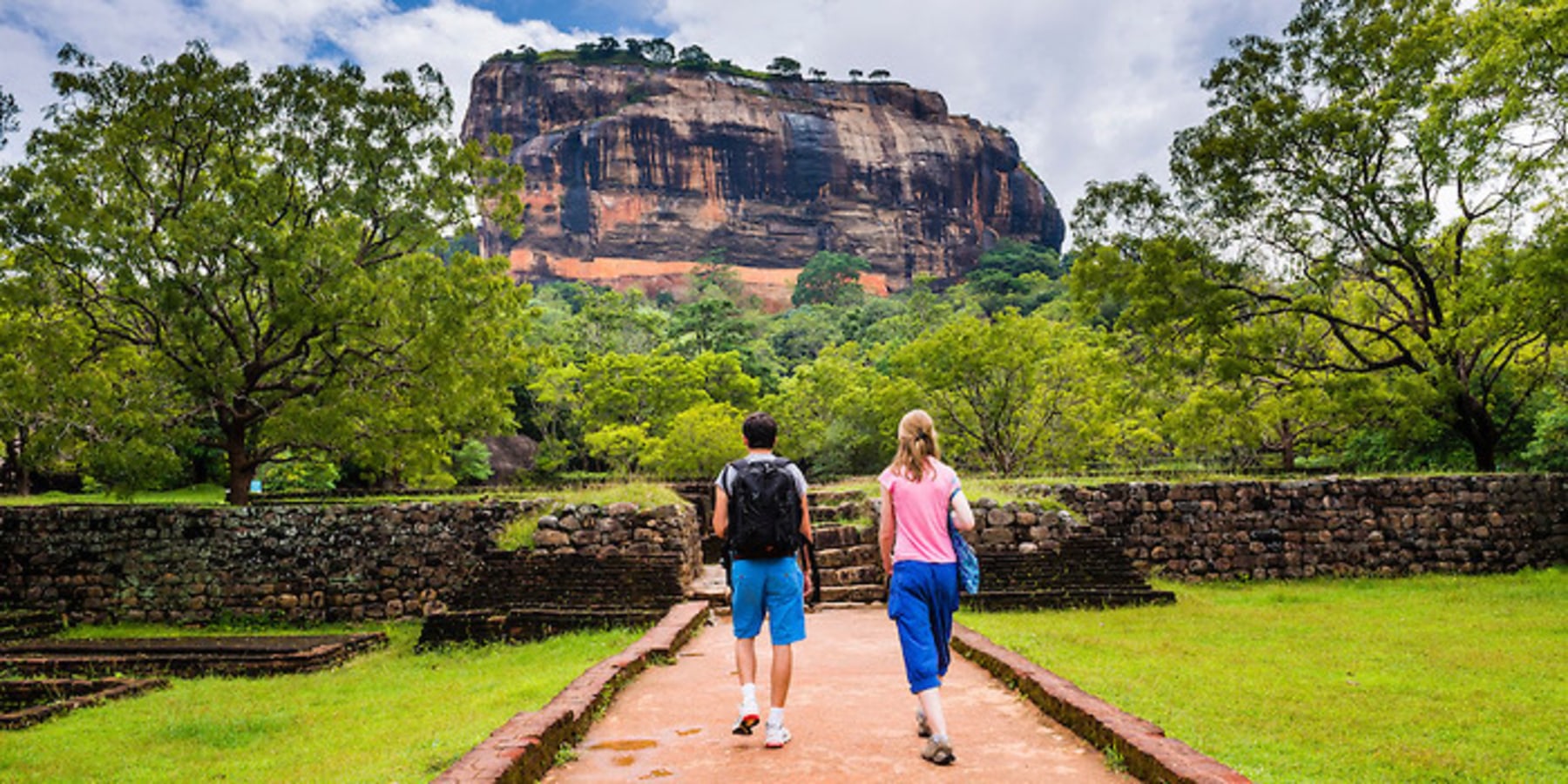
According to the inscriptions found in the caves which honeycomb the base of the rock fortress, Sigiriya served as a place of religious retreat as far back as the third century BC, when Buddhist monks established refuge in the locale. It wasn’t until the fifth century AD, however, that Sigiriya rose briefly to supremacy in Sri Lanka, following the power struggle which succeeded the reign of Dhatusena (455-473) of Anuradhapura. King Dhatusena had two sons, Mogallana, by one of the most desired and finest of his queens, and Kassapa, by a less significant consort. Upon hearing that Mogallana had been declared heir to the throne, Kassapa rebelled, driving Mogallana into exile in India and imprisoning his father, King Dhatusena. The legend of Dhatusena’s subsequent demise offers an enlightening illustration of the importance given to water in early Sinhalese civilization. Kasyapa clearly had an eye for beauty. The pleasure gardens include a series of symmetric pools, channels and fountains that still spurt water after 1,500 years. Partway up the rock are the famous Sigiriya frescoes, featuring 21 bare-breasted damsels that may represent celestial nymphs, but were surely modeled on Kasyapa's own consorts. Halfway you will encounter a pair of giant lion's paws, part of the original entrance, which required visitors to pass through the open mouth of a lion. The summit yields a dramatic vista of the surrounding jungle and contains the foundations of the palace complex, replete with bathing pools.

